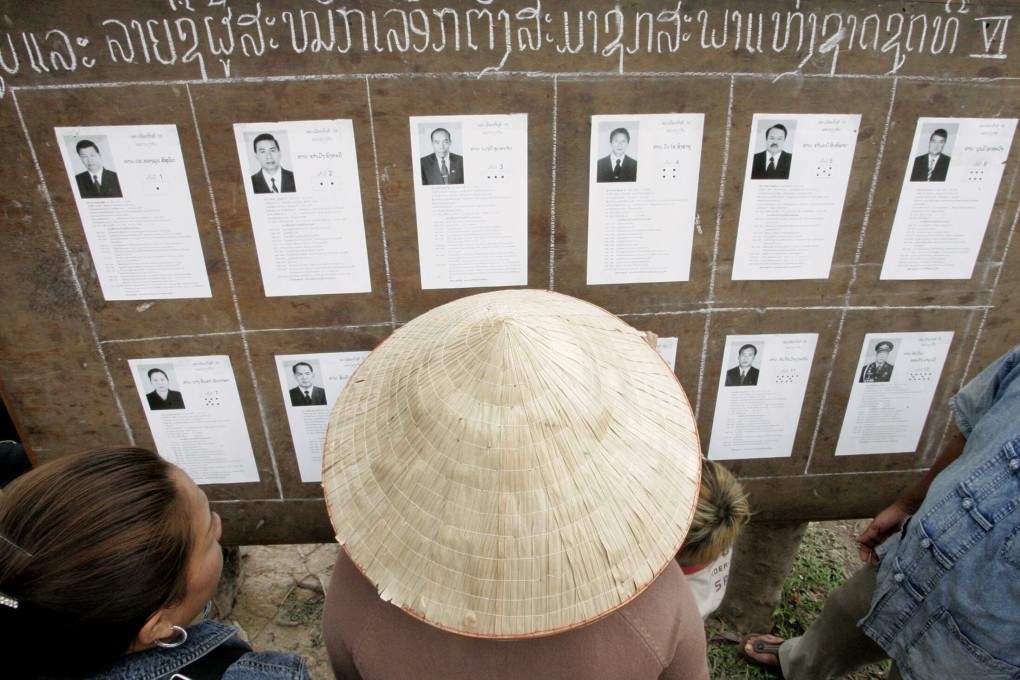Laos leaders fear ‘domino effect’ of Thailand’s pro-democracy movement amid election
- Some 224 candidates are contesting in the general election that has been called by observers as a ‘sham’ given Laos is a one-party state
- The polls come as Laotian leaders are increasingly wary about the spillover effects of the protests in neighbouring Thailand and Myanmar on its young people

According to Laos’ National Election Committee, among the 224 candidates listed for the general election, 164 will be selected as national assembly members by 4.3 million voters across the country.
According to the Vientiane Times, more than 7,200 polling stations are being set up across Laos and voting cards and ballot boxes have been produced and prepared for the election which is held once in five years.
Young and middle-aged candidates will feature prominently during the election, “as the government encourages the younger generation to take more roles in state posts”, the Laotian Times reported, adding that only 43 members of the current legislature would be standing for re-election.
Almost half of the candidates are aged 46 to 55, another 33 are under the age of 46, 76 are aged 56 to 60, and 12 are older than 60, the newspaper said.
Local media reports said campaigning had “intensified”, though these appeared to consist largely of candidates meeting voters to explain the importance of the election while encouraging them to vote and pledging that they would serve voters’ interests.

‘SHAM’ ELECTION?